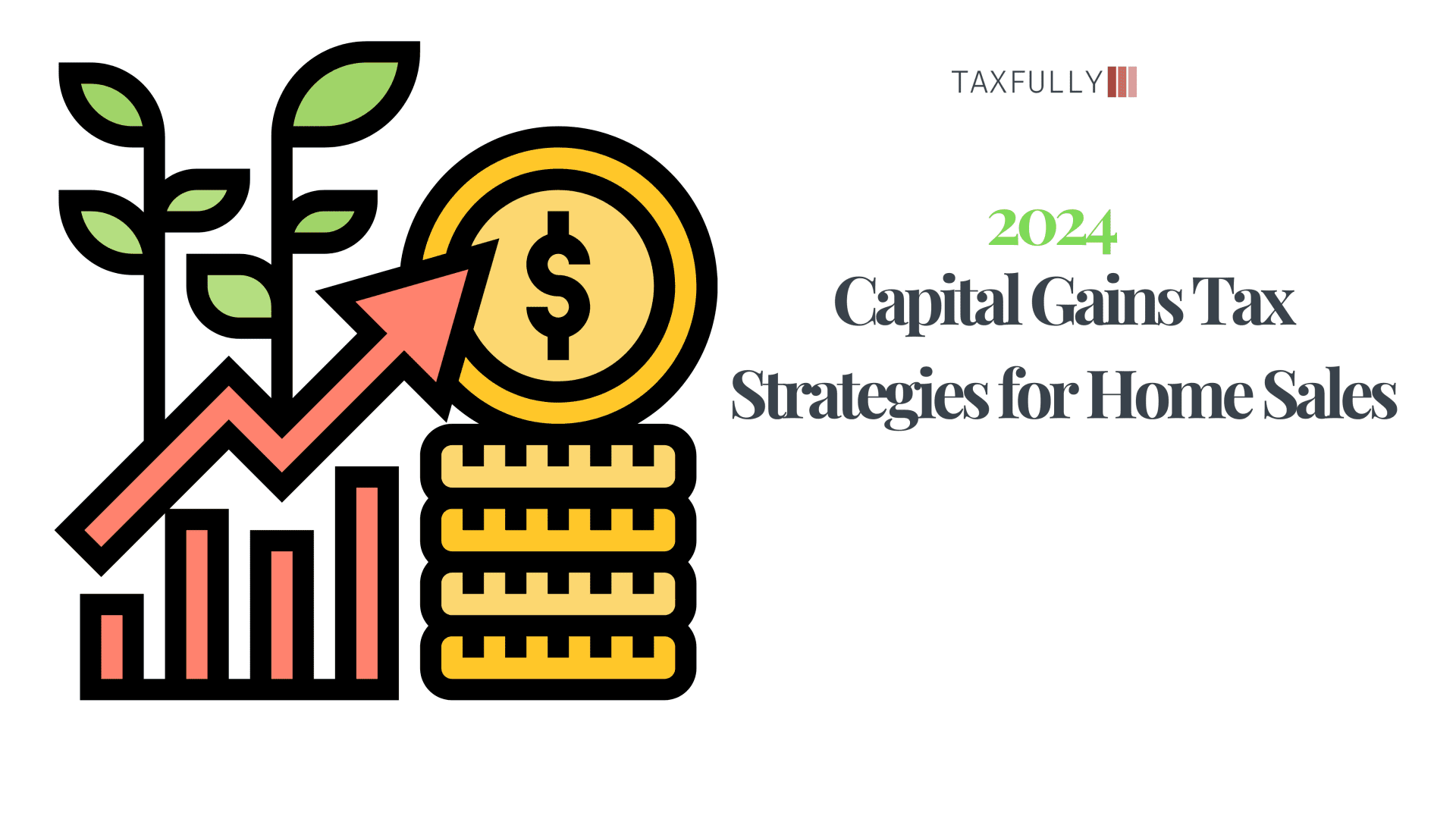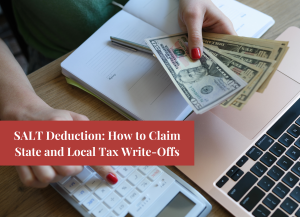2024 Capital Gains Tax Strategies for Home Sales
Homeowners are affected by capital gains tax when they sell their primary home. For instance, the capital gains exclusion hasn’t kept pace with inflation, resulting in higher tax burdens due to increased home values.
Exclusion not indexed to inflation
The $250,000/$500,000 exclusion hasn’t been adjusted for inflation since 1997, making it harder to fully utilize it with rising home prices.
Higher home values
Real estate appreciation outpaces inflation, leading to larger potential gains exceeding the exclusion limit.
Shorter ownership periods
People selling sooner may not meet the ownership requirements for full exclusion; you’re eligible for the exclusion if you have owned and used your home as your main home for a period aggregating at least two years out of the five years before its date of sale. You can pass the ownership and use tests during different 2-year periods.
Most strategies for minimizing capital gains impact the year of sale, not the filing year. However, they should ensure that they have accurately reported all relevant information related to the sale, including the basis, proceeds, improvements, and any eligible expenses that may reduce their capital gains.
Additionally, they can explore options for offsetting capital gains through capital losses from other investments or utilizing any available tax credits.
Planning for the 2024 Sale with Potential Capital Gains:
- Timing considerations: Living in the home for 2 of the past 5 years unlocks the full exclusion. Consider postponing the sale if possible.
- Basis adjustments: Maximize your basis by including the purchase price, closing costs, and eligible home improvements.
- Selling expenses: Deduct selling costs like realtor fees and commissions to reduce taxable gain.
- Professional guidance: Consult a CPA/EA to explore advanced strategies like installment sales or depreciation recapture.
2024 IRS Rule Changes
- Income thresholds for deductions: Standard deductions and other limitations change based on income. Stay updated.
- No major capital gains rule changes: The basic framework remains the same.
Exclusion Mechanics
- Eligibility: You must have owned and lived in the home for 2 of the past 5 years.
- Application: Exclude up to $250,000/$500,000 of gain, once every two years.
- Proration: If ownership falls short of 2 years, the exclusion is prorated.
Basis and Proceeds Calculations
Basis: purchase price + closing costs + home improvements = basis.
Proceeds: selling price – selling expenses = proceeds.
Taxable gain: Proceeds – Basis.
Example: You bought a house for $200,000, spent $10,000 on closing costs, and made $50,000 in improvements. You sell for $400,000 with $20,000 in selling expenses.
Basis: $200,000 + $10,000 + $50,000 = $260,000
Proceeds: $400,000 – $20,000 = $380,000
Taxable gain (before exclusion): $380,000 – $260,000 = $120,000
Consider an accountant if.
- Your gain exceeds the exclusion significantly.
- Your situation involves complexities like rental income or inheritance.
- You need help navigating specific tax codes.
Get personalized assistance as per your tax needs with a FREE call.




